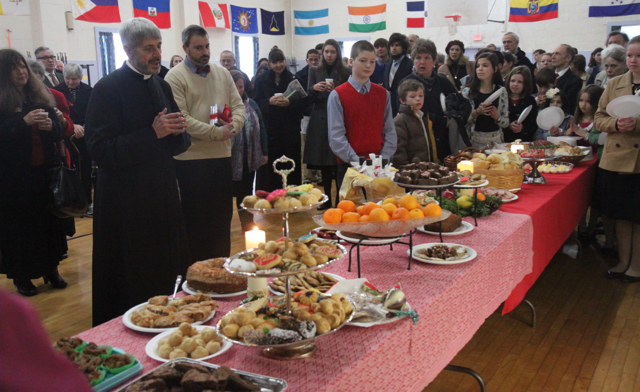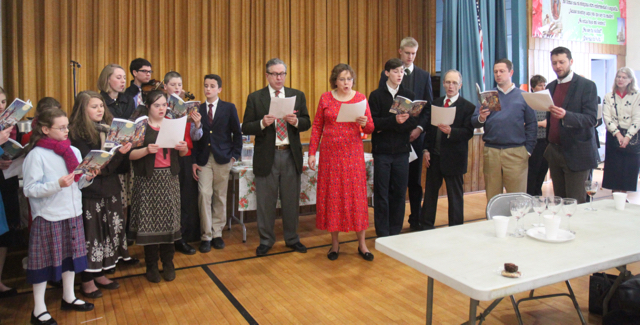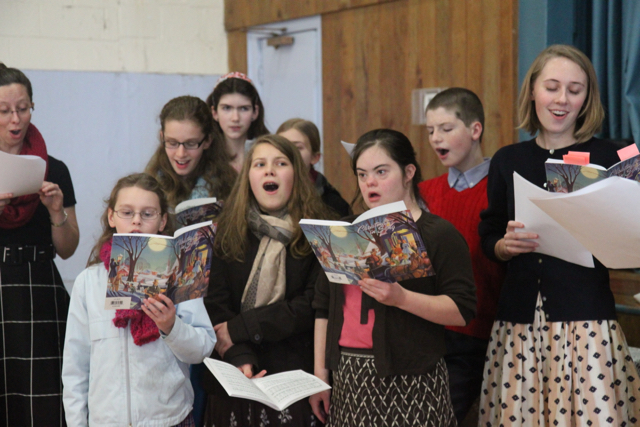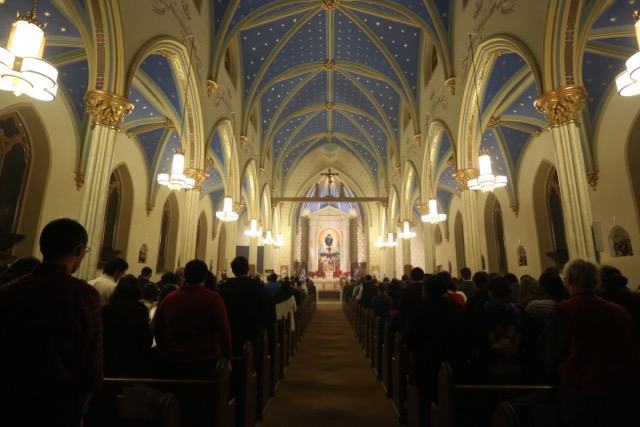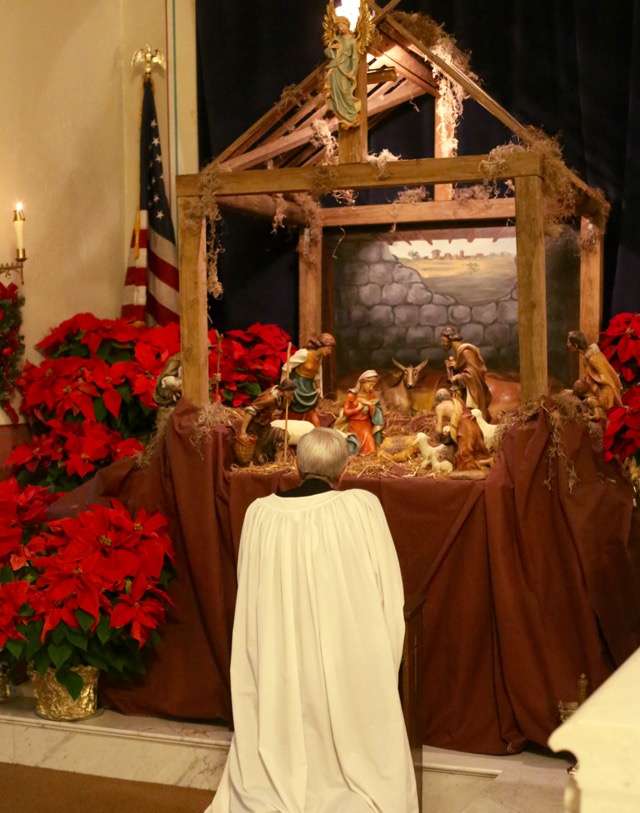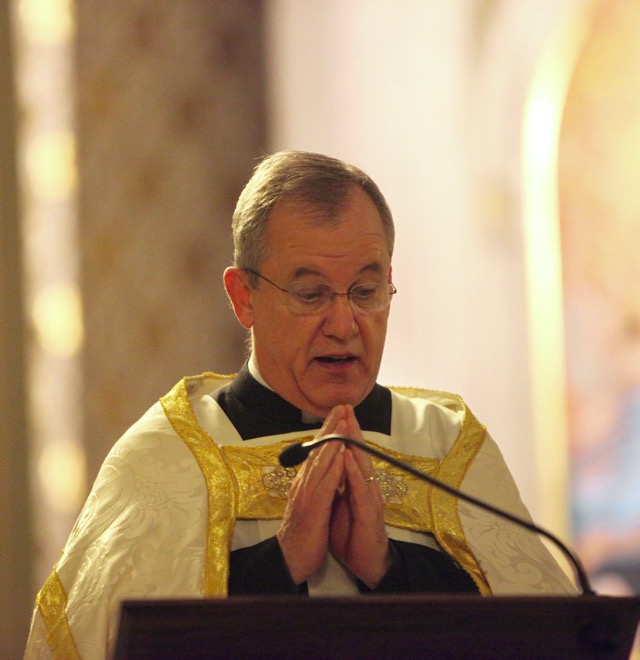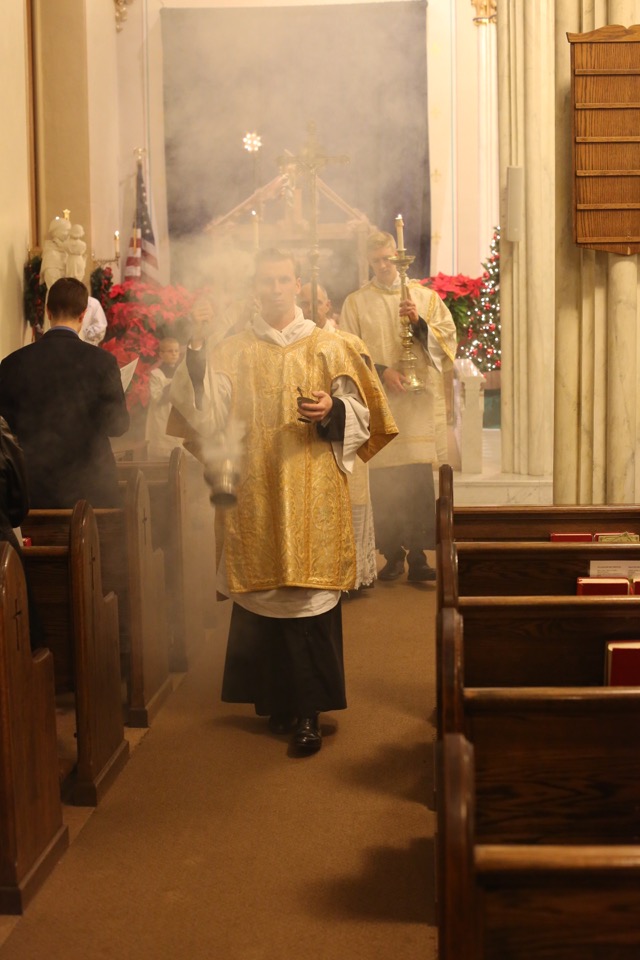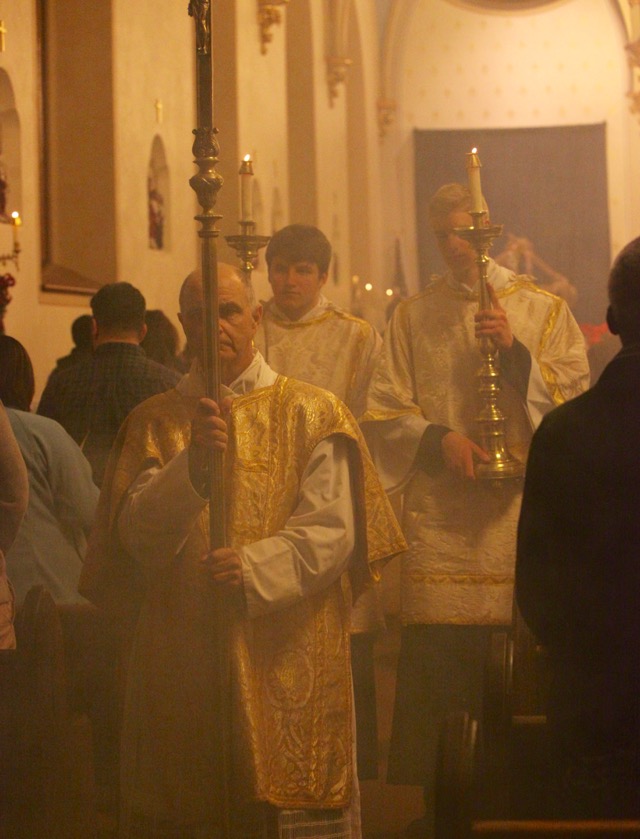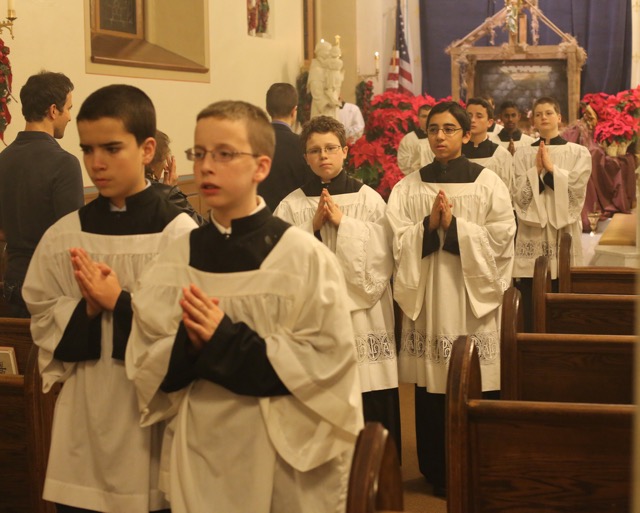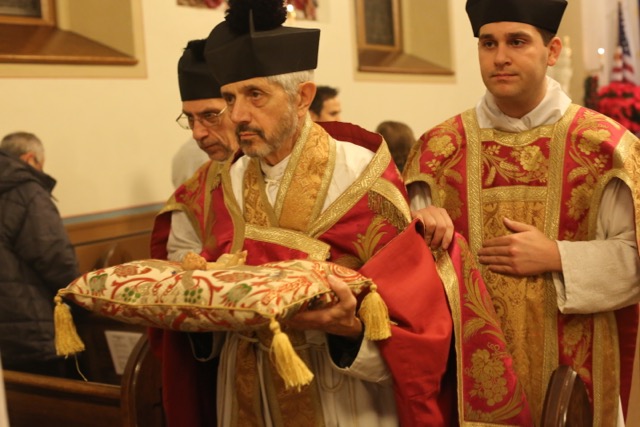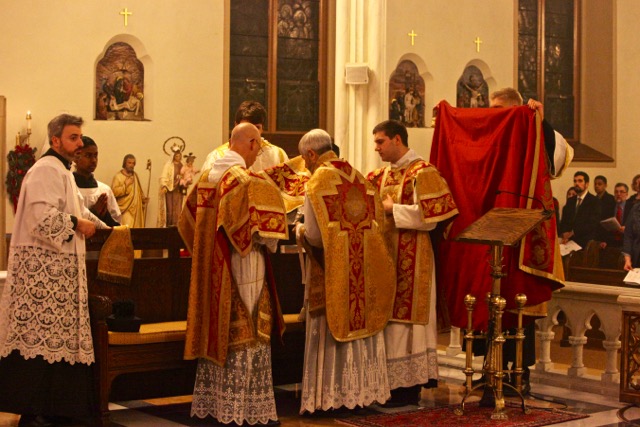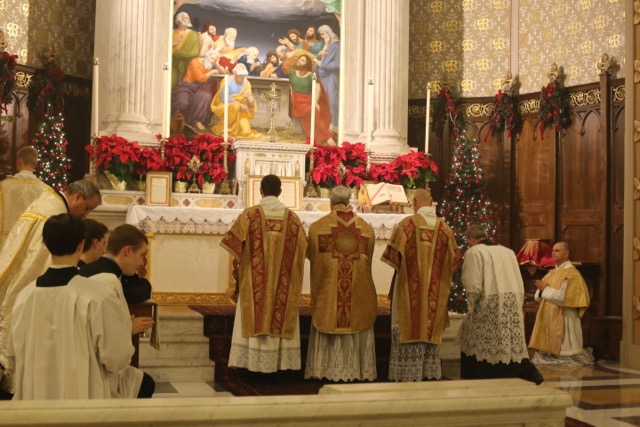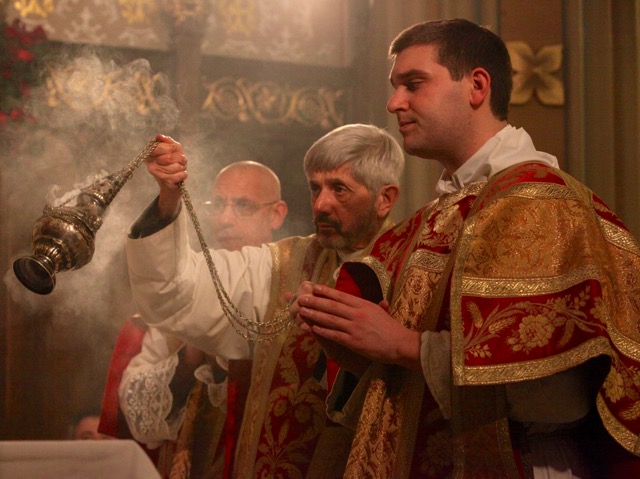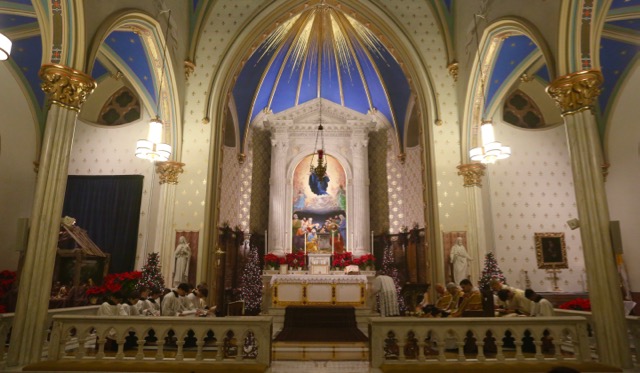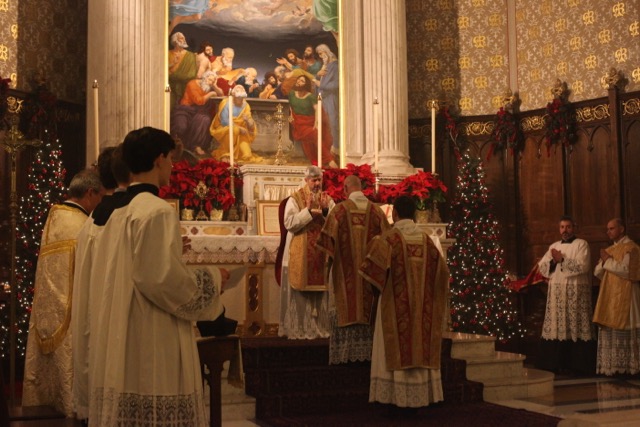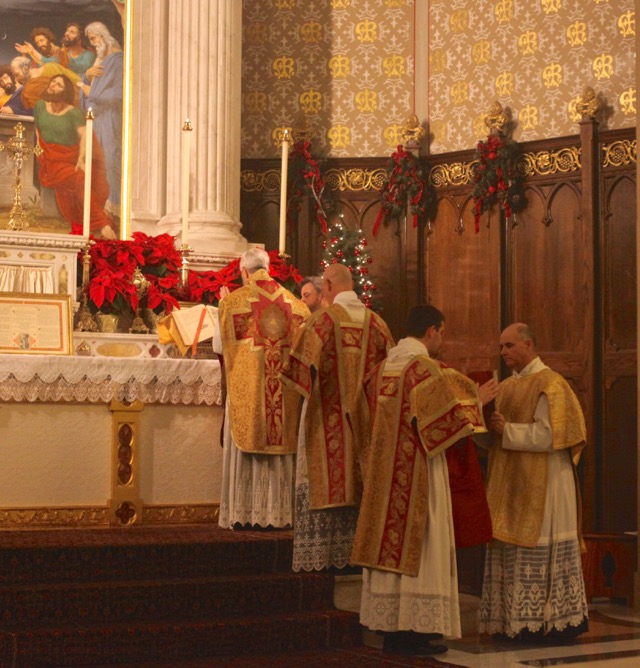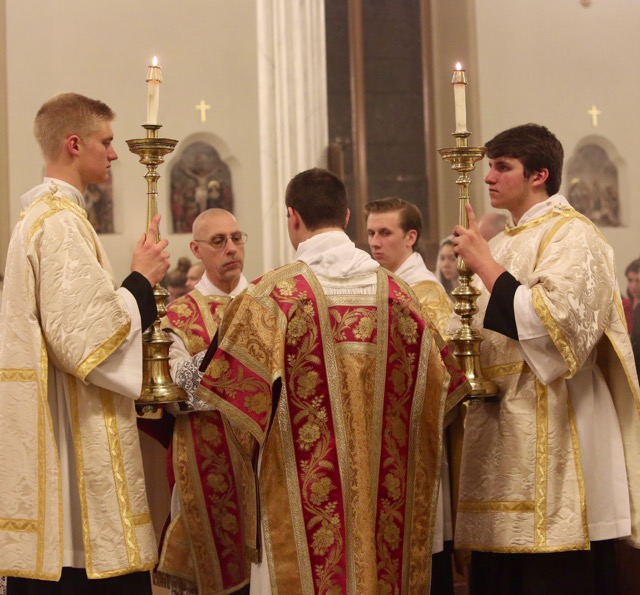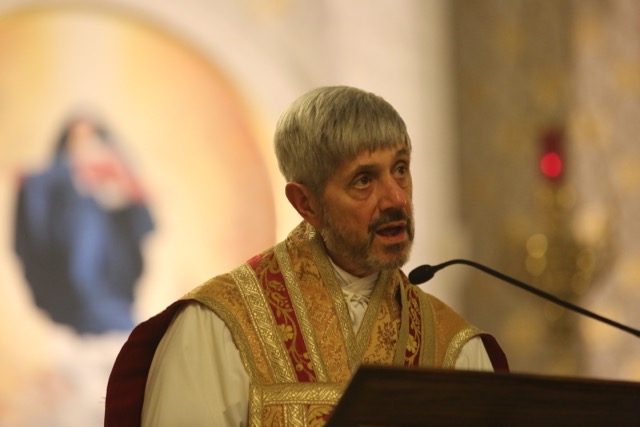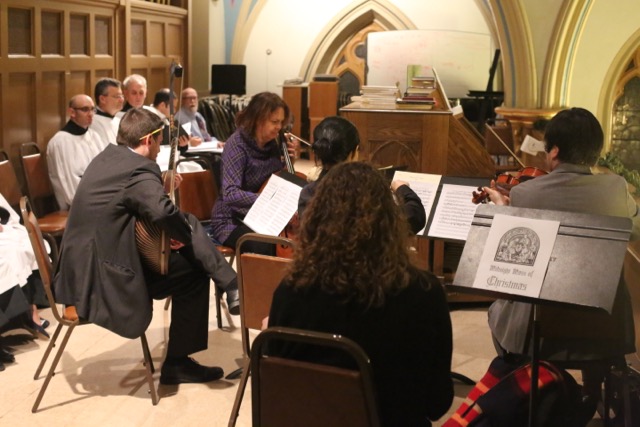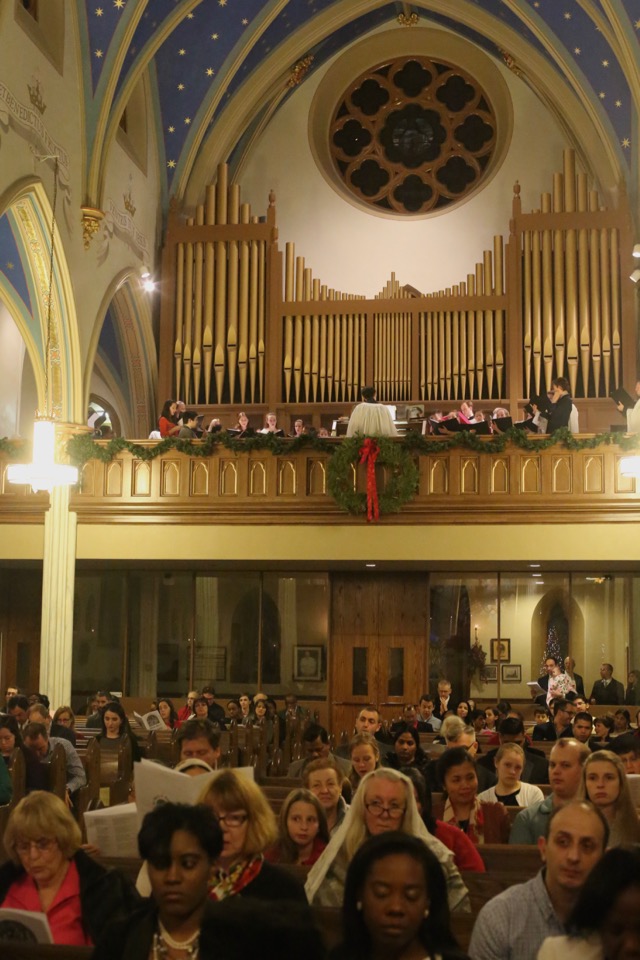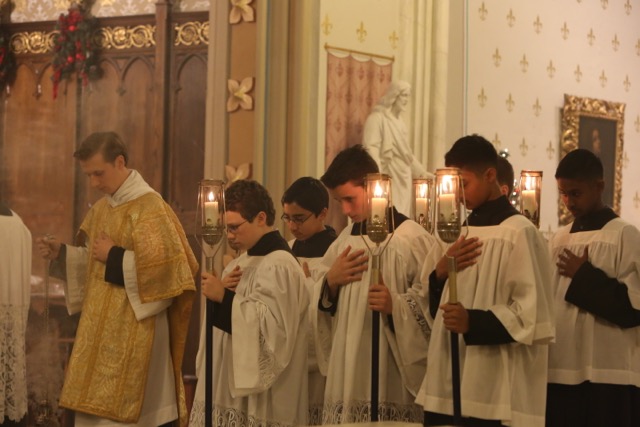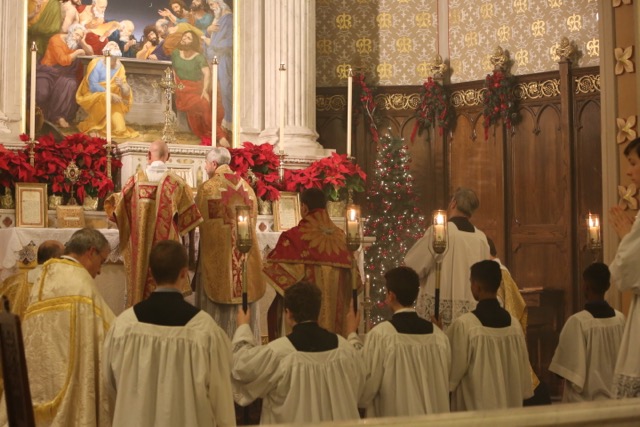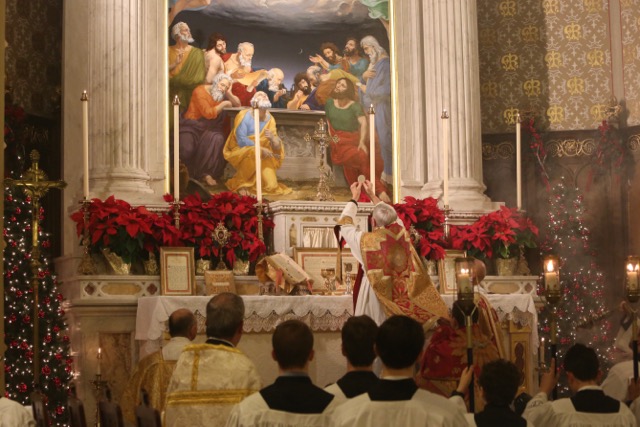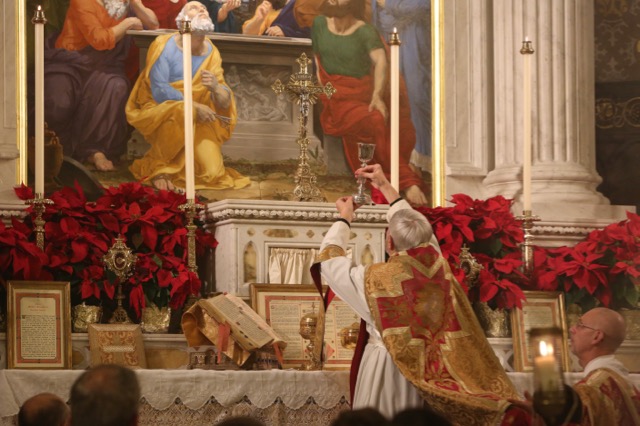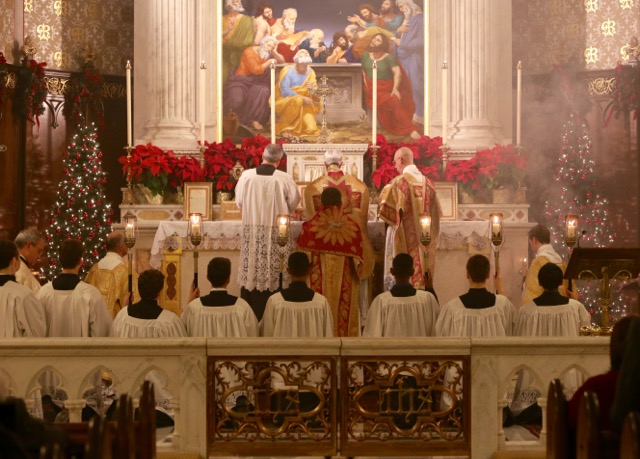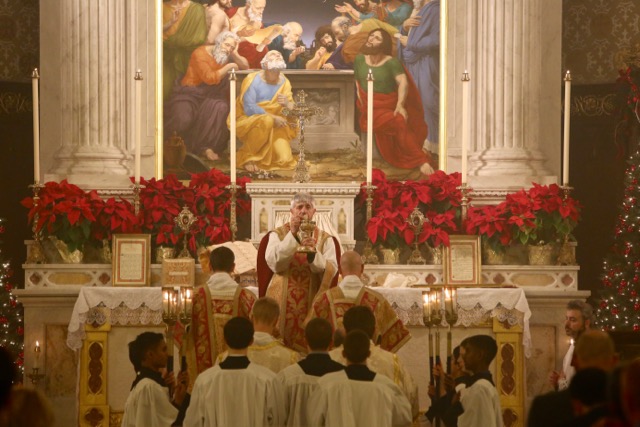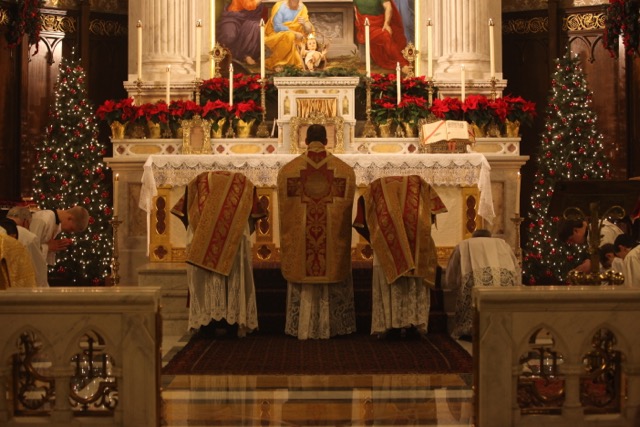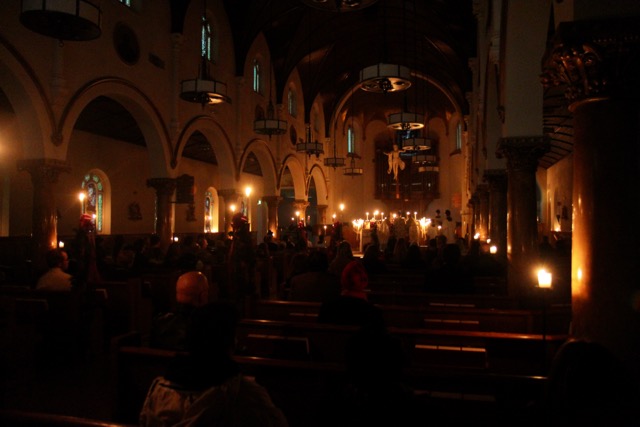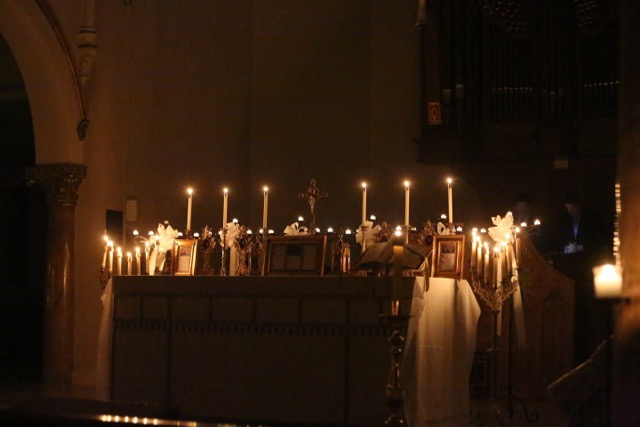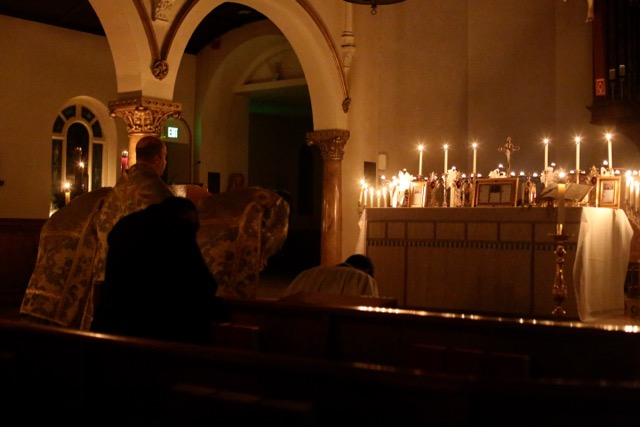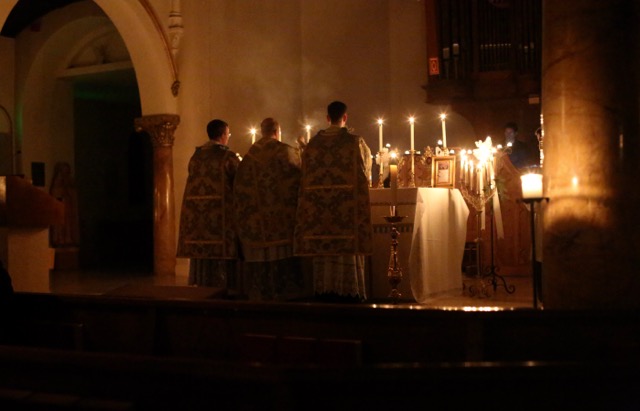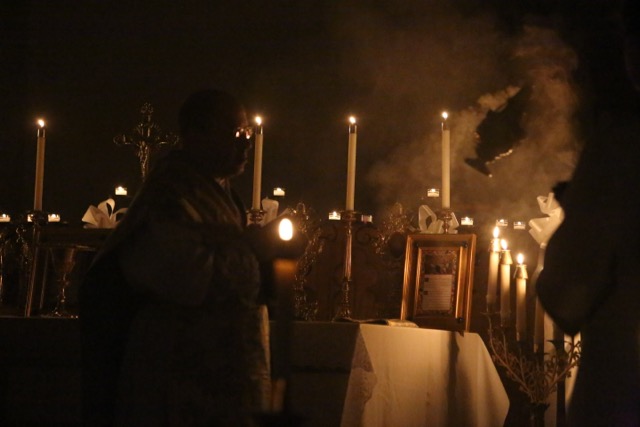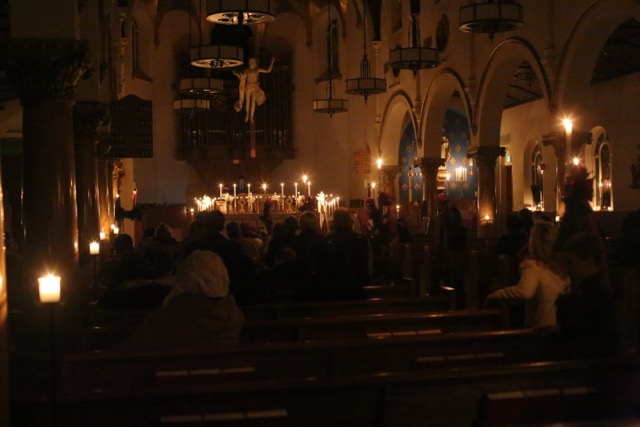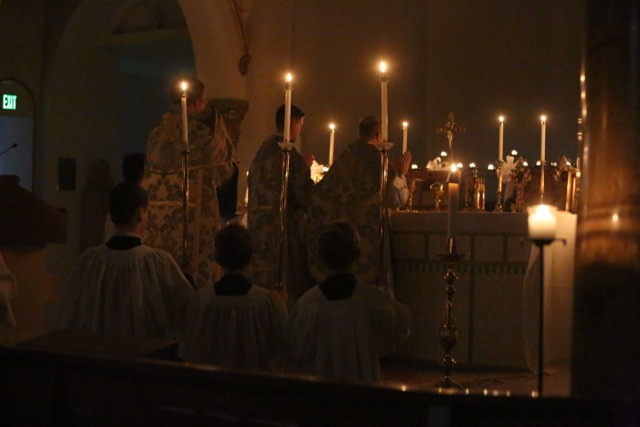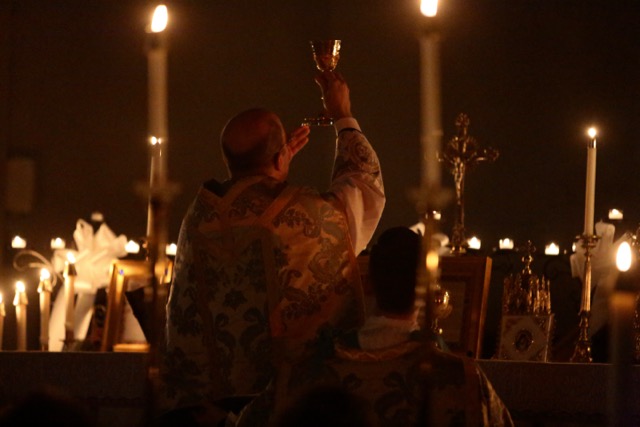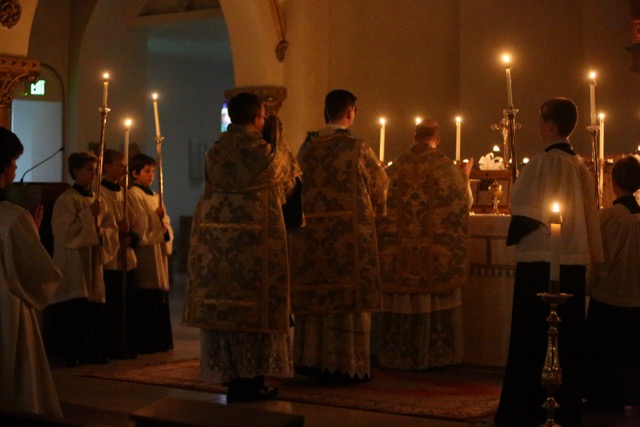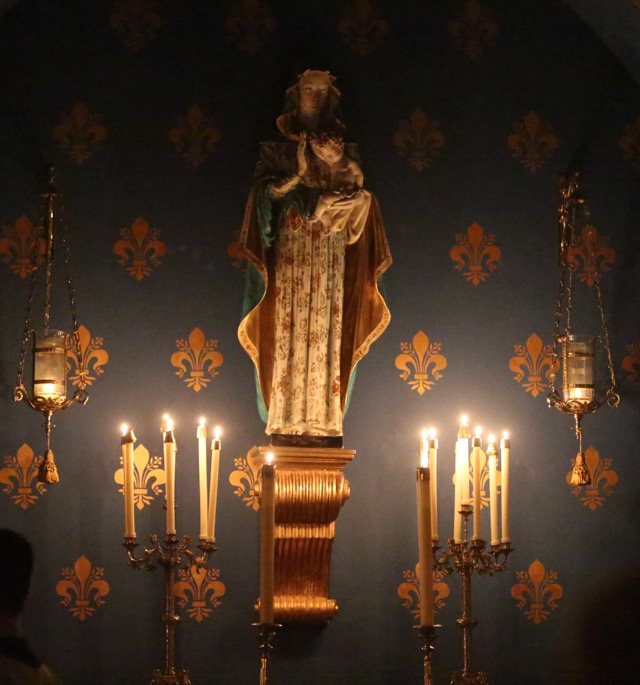28
Dec
28
Dec
( A video courtesy of Joe Giardina and Una Voce Westchester)
28
Dec
Some impressive photographs of New York churches from a somewhat unusual perspective. Including two Catholic Churches now closed: St. Stephen and St. Vincent de Paul.
(thanks to Save Saint Thomas More Church)
27
Dec
Christmas Festivities
Posted by Stuart ChessmanToday at St. Mary’s Church, Norwalk, after the 9:30 Solemn Mass, Fr. Cipolla blesses the Christmas coffee hour
carolling
25
Dec
Some photographs of the Christmas Midnight mass of St. Mary’s Church, Norwalk, CT. Fr. Richard Cipolla was the celebrant. (Above) The church was filled near to capacity for the occasion.
Praying the rosary before the creche led by Fr. Cipolla.
Fr. Jeffrey Keyes chanted the proclamation of the birth of Christ.
(Above and Below) The procession with the image of the Christ Child.
(Above and below) Mr. David Hughes led the assembled musical forces. For a description of the music performed on this night see our post HERE.
21
Dec
From last year’s midnight Mass
If you haven’t been to Christmas Solemn Midnight Mass at St. Mary’s Church, Norwalk, this might be the time to start going. Plans are in the works for the St. Mary Schola Cantorum to sing Mozart’s Mass in C Major (K. 258, “Piccolomini”). The choir, under the direction of David Hughes will be joined by a string orchestra. Elizabeth Weaver will sing the Laudate Dominum from Mozart’s Vesperae solennes de confessore, K. 339.
There will also be a Solemn Mass for Christmas Day at 9:30 am featuring Victoria’s Missa O Magnum Mysterium.
There is plenty of parking in the church lot behind the church and in a large bank lot across the street.
Here is a full schedule:
Christmas Eve:
11 pm Rosary by the creche
11:20 pm Orchestral Prelude: Christmas Concerto (Concerto grosso in G minor, Op. 6, No. 8) (Arcangelo Corelli, 1683-1713)
11:30 pm Christmas Carols
Carol: What Child Is This (Greensleves)
Carol: O Holy Night (Cantique de Noël)
Carol: O Little Town of Bethlehem (St. Louis)
Carol: God Rest Ye Merry, Gentlemen
Carol: Tu scendi dalle stelle (St. Alfonso Maria de’ Liguori, 1696-1787)
Carol: Lo, How a Rose E’er Blooming (Es is ein’ Ros’ entsprungen)
Carol: De Virgine Maria (Carl Rütti, b.1949)
Carol: Silent Night (Stille Nacht)
Prelude: Desseins éternels (from La Nativité du Seigneur) (Olivier Messiaen, 1908-1992)
The Solemn Proclamation of Christmas
Hymn at the Procession: Adeste Fideles (John Francis Wade, arr. David Willcocks, 1919-2015)
Hymn at the Procession: Hark! The Herald Angels Sing (Mendelssohn, arr. Willcocks)
12:00 Solemn Midnight Mass
Mass in C Major (K. 258, “Piccolomini”) (Wolfgang Amadeus Mozart, 1756-1791)
Gregorian Mass of Christmas Midnight: Dominus dixit
Motet at the Offertory: Laudate Dominum (from Vesperae solennes de confessore, K. 339) (Mozart)
Motet at the Communion: Verbum caro factum est (John Sheppard, c.1515-1558)
Postlude: In dulci jubilo (BWV 729) Johann Sebastian Bach, 1685-1750)
Postlude: Fugue in A Major (BWV 536/2) (Bach)
Christmas Day, 9:30 am, Solemn Mass
Prelude: Puer natus in Bethlehem (BWV 603) (Johann Sebastian Bach, 1685-1750)
Hymn at the Procession: O Come, All Ye Faithful (Adeste Fideles, arr. David Willcocks, 1919-2015)
Missa O magnum mysterium (Tomás Luis de Victoria, 1548-1611)
Gregorian Mass of Christmas Day: Puer natus est
Gradual: Viderunt omnes (Pérotin, fl. c. 1200)
Motet at the Offertory: Verbum caro factum est (John Sheppard, c.1515-1558)
Motet at the Communion: O magnum mysterium (Victoria)
Postlude: In dulci jubilo (BWV 729) Johann Sebastian Bach, 1685-1750)
Postlude: Fugue in A Major (BWV 536/2) (Bach)
20
Dec
The Coup at Catholic University
(Ignatius Press, 2015)
By Peter M. Mitchell
Catholic University of America (“CUA”) is probably known to most of us as a certain educational institution in Washington for which the American Church still dares to take a scandalous annual collection nationwide each year. A kind critic might describe CUA as “wildly inconsistent;” a crueler one as “third-rate.” Like the nearby Basilica of the Immaculate Conception, it is a monument to American Catholic failure: an inspired initiative that fell woefully short in the execution. Yet, at one period in the late 1960’s, Catholic University became the focal point of conflict and change in the Church in America: a key stage of the transition from the Church of Spellman to that of the 1976 Call to Action conference. Fr. Peter Mitchell tells the story of these events from the initial “dissent” of Charles Curran to the complete capitulation of the board of the University and the seizure of effective control of the University by the progressive “dissenters”. All in the space of less than three years!
Fr. Mitchell takes us inside the action. We become privy to the consultations, discussions and private communications of the bishops and of the other main actors. A story that had been known to some of us “from the outside” – from such works as Msgr. George Kelly’s The Battle for the American Church – is now set forth in full detail. And strangely enough, it’s an interesting even gripping read. For the conflicts of the Conciliar Church that became manifest then have not been resolved at all – indeed they are more pressing than ever.
The blurb on the back of the book claims that it “suggests” the crisis of the 1960’s stems from the legalism and authoritarianism of the 1950’s. Now in fact The Coup at Catholic University does not spell out “root causes” that openly, preferring to let any such conclusions emerge from the narrative of the facts. But what it does reveal about the hierarchy of the Roman Catholic Church is devastating. For the administrators and bureaucrats who the Vatican had selected to be the “Fathers of the Faith” were hopelessly out of their depth when called to teach, make hard decisions and take stands unpopular with secular society.
This book tells an incredible story of epic episcopal failings. It starts with the initial confrontation of the board of directors of CUA (made up of bishops) with Fr. Charles Curran over his support of contraception – among his other disagreements with Catholic moral teaching. Yet Cardinal Krol – the leader of the Catholic University board – came up with the devious solution of simply not renewing Curran’s teaching contract without giving publicly any reasons. It was a scenario subsequently played out endlessly in the Church’s handling of clerical child abuse: problems would be swept under the rug in the hopes of avoiding “scandal.”
Of course in the Curran case this approach backfired, allowing Fr. Curran to pose as a martyr of academic freedom, rallying the media and the University to his side. The result was complete victory for Curran: the board abjectly reversed its decision. Subsequently, when members of the faculty dissented from Humanae Vitae, the board ended up by delegating its authority to a faculty committee – which naturally upheld the position of the dissenters in all respects. The board then accepted this conclusion – in effect, surrendering total control of the University to the dissenters.
This saga, however, is not just of historical interest. The recent experiences at the Vatican Synod on the family have given these events a whole new relevance. Of course the protagonist of recent events is not a young theology professor but an old Bishop of Rome – but the resemblances, as depicted in the media, are remarkable. For Curran was described as “humble … who drove an old car without a muffler.” (p. 64) He was supposed to be “easygoing, approachable, “ “concerned with the living God rather than stereotypes.”(p. 60) And there are more substantive parallels. According to Cardinal Krol:
He (Charles Curran) says he is not advocating in practice a norm “different from the prevailing norm.” He says as a confessor and guide he must uphold the present teaching of the Church. But before he completes this section, he states: “There are times when contraception might be necessary for an individual couple. I have counseled couples along these lines.”… Throughout the book Father Curran artfully jumps from one to a[nother]contrary position. (p. 35)
Caardinal Krol found this position to be “some form of situationism.” (p.35) But how different is it from the current statements of the German episcopate and of the recent Roman synod of bishops? And how different is the conduct of that synod of bishops from that of the CUA board in the late 1960’s?
The rebellion over Curran was initially fought under the banner of “academic freedom.” Yet the same “dissenters” – one Curran had been reinstated – moved successfully to force out of CUA those who had supported the CUA board of directors – with the concurrence of said board. We know from the student riots of that era – and the reenactment of these events in the last few months at Yale, Princeton and elsewhere by alleged “victims” of “racial insensitivity” – that “academic freedom” is the last thing these protestors want, then and now. Rather, what had happened in 1967-69 was the imposition of an outside ideology. This was indeed perceived by a minority at the time. Msgr. Eugene Kevane (a CUA dean) commented on a pro-dissenter “faculty working paper”:
This “obscure phrasing,” he said, made it possible to introduce a “secularized ideology . . . so that our Catholic University would actually lose the freedom to be itself.” . . . the American tradition of religious liberty recognized the right of a University to be committed to a particular religious identity as part of its exercise of freedom. To attempt to deny that identity in the name of an intolerant secularism was, said Kevane, inherently un-American. (p. 115)
(Msgr. Kevane was subsequently forced out.)
Finally, lurking in the background of all this was the Vatican of Pope Paul VI. Undoubtedly a factor in the reluctance of the CUA board to confront Fr. Curran squarely on the issue of contraception was the fact that Paul VI had convened a committee to study the issue – to which Fr. Curran adroitly alluded in defending of his actions. And when “dissent“ at CUA became general after Humane Vitae, Paul VI’s representative intervened with the board – in favor of the dissenters against papal authority.
Cardinal Garrone, prefect of the Sacred Congregation for Çatholic Education, wrote to Krol, urging him to prevail upon O’Boyle to avoid any further interference in the administration of CUA . . . Garrone’s letter indicated a clear desire on the part of the Holy See that the volatile situation on campus would calm down and that a certain stability and order would prevail at CUA and more generally within the Church in the entire United States. (pp. 240-41)
Thus, the cowardice of the CUA board finally received confirmation at the very highest level of authority.
The results of the battle at CUA, lost by the hierarchy almost without a fight, were catastrophic. So-called “dissent” achieved institutionalized dominance at Catholic higher education throughout the United States. Many years later, sanctions indeed were imposed upon Fr. Charles Curran – but by then it was far too little, too late. Predictably, the full adoption of American “academic freedom” by CUA and its “liberation” from the authority of its board of bishops have not at all raised the intellectual standing of this institution over the decades since 1969 – quite the contrary! Representative of many other institutes of Catholic higher eduction in the United States, CUA had abandoned its mission as a Catholic institution without attaining in return any secular distinction.
(All page references are to The Coup at Catholic University)
20
Dec
20
Dec
Sermon for the Fourth Sunday of Advent
Msgr. Ignacio Barreiro
In the Name of the Father, the Son and the Holy Spirit
We are in the final days before Christmas and the Church is using many voices of her sacred tradition to prepare us for the coming of Christ. St. Paul reminds us that we have to preserve faithfully the doctrine that we have received. St. John the Baptist invites us to conversion. Last but not least Our Lady and St. Joseph are asking us to meditate in the sufferings they had to endure just before the birth of Christ.
In the epistle St. Paul is underlining that he is a minister of Christ and dispenser of the mysteries of God. As a minister he is a servant that manages the affairs of God’s household or in other words of the family of Christ, which is the Church. He is a servant of God and second and as a consequence he is a servant of the children of God. He dispenses to the ones that are ready to listen the revealed truth of both testaments. Those revealed truths nevertheless remain a mystery because a number of them are beyond the comprehension of our reason and we can accept them only through the gift of faith. His duty as it is the obligation of all the descendants of the apostles is to transmit faithfully what he has received without entering into any sort of compromises with the world that would dilute the doctrine of Christ or falling in the opposite direction to try to make this doctrine more “perfect” with a rigorist approach. Both compromise and a rigorist position come from the same source which is the enemy of mankind. At the same time we have to be aware that some members of the Church call rigorist, positions that are just in total coherence with the constant magisterium of the Church as Cardinal Ratzinger warned us. The shifting towards rigorist positions is a trap of the enemy because he will pile impossible obligations that we will not be able fulfil and when we fail he will tempt us with despair. He will tell then the ones that he entrapped with a rigorist approach, you see you are incapable of following the path of salvation abandon all hope of following Christ.
In the gospel we have a magnificent description of the mission of St. John the Baptist and how he preaches a baptism of penance to prepare the people to be properly disposed to receive the Lord. The Gospel identifies with historical precision the time and place of the public appearance of the precursor of Christ. Tiberius Caesar was the second emperor of Rome and the fifteenth year of his reign corresponds either to the 27th or 29th year of his reign depending in the different calculations. Pontius Pilate was the Roman governor of Judea, Samaria and Idumea between the years 26 and 36 AD. Herod Antipas a son of the so called Herod the Great, succeeded his father only in part of his reign in Galilee and Philip his brother was tetrarch of Iturea and Traconitis, Lysanias was tetrarch of Abilene, Annas and Caiphas were high priests but it should be noticed that all the tetrarchs and even the high priests were subordinated and in many ways controlled by the Romans. St. Gregory the Great sees in this historical presentation the prophetic meaning that the gentiles also are called to conversion. In the same way that the Romans were gathering all the nations into one, Christ comes to unify all nations under Him.
St. John the Baptist quoting the words of Isaiah is speaking of a new exodus. An exodus that will not be led by Moses but that will be conducted by Jesus Christ as Brand Petri explains. This pilgrimage would lead to the new Promised Land which is Heaven. There we will encounter the new and definitive creation. To enter into this new pilgrimage we have to be filled with the grace that Christ is offering us, but in the same way mountains and hills should be brought low we have to accept with total humility the grace that Christ is offering to us. St. Gregory the Great points out that the crooked places are to become straight, when the hearts of wicked perverted by injustice, are directed by the rule of justice. The welcoming smile of Jesus in the manger will give us a foretaste of this new creation.
In the Advent liturgy the Church proclaims the coming of Jesus Christ as Our Savior, who is our only source of hope and exhorts every Christian to purify his soul by a new interior conversion, or by a deepening of a previous conversion. Because the coming of the Lord is about to happen, we must prepare ourselves spiritually by doing penance for our sins and receiving the sacrament of confession to be properly prepared to receive the shower of graces that the Lord is bringing for us. That is what St. John the Baptist is meaning by leveling the mountains and making the Lord’s path straight.
Today it is more than appropriate to meditate in the sorrows of Our Lady and St. Joseph that preceded the birth of Jesus. Joseph and Mary had to travel to Bethlehem to be inscribed in a census for tax purposes. Most likely Joseph owned in Bethlehem some small pieces of land that he had inherited from his ancestors and for tax purposes he was required by the Romans to be inscribed as tax payer in that town, as Benedict XVI explains to us. Probably his land was very small and produced little or no income. Just think of the difficulties and discomforts of winter travel in particular for a woman that was close to given birth. Remember that no one of their relatives was ready to lodge them and they did not find a place in the inn. Most likely all the places in the only inn in town had already been taken by the crowd of richer people who were flocking there for the census. In the Hispanic popular piety there is a traditional late Advent celebration called Las Posadas (the inns) that is inspired in this fruitless effort of the Holy Family to find logins. Because they could not find any other place they had to settle in a cave that served as a stable in the outskirts of Bethlehem, that somebody allowed them to use. The Holy Family who were bringing the Savior of World suffered loneliness, disappointment and rejection. Just use your imagination to depict the frustration of St. Joseph as protector and provider of his family. At the same time he accepted all these sufferings with the patience of a humble man. These sufferings of the Holy Family had a clear redemptive value because they were part in many ways of the sufferings that Christ was going to endure for our salvation. Most likely Jesus in the womb of her mother had a sense of the suffering of His parents and shared their anguish. Extra biblical tradition points out that after the visit of the shepherds their relatives came to their assistance. Sufferings give birth to joy and we will experience that in Christmas.
Today through the intercession of the Blessed Virgin Mary, St. Joseph, St. John the Baptist and St. Paul let us ask for the grace of being properly prepared to receive the graces of Christ at Christmas, always remaining faithful to the doctrine that we have received from Christ.
May the Lord Bless you and Keep you.
19
Dec
It was almost deserted on Greenwich Avenue at 6:30 this morning, but the lights were on in many of the stores as employees readied things for a busy Christmas shopping day. Inside St. Mary’s a different kind of preparation was taking place, where many people knelt in the quiet, candlelit church waiting for the Rorate Mass to begin. Father Cyprian La Pastina was the celebrant of this solemn Mass. A large group of young men assisted as acolytes. The propers and ordinaries were sung in Gregorian chant. As the mass progressed the light of dawn began to show through the windows.
From the parish website: “This is a special Mass celebrated in honor of Our Lady on Saturdays in Advent. The title comes from the Introit (Entrance) of the Mass which translated means, “Drop down ye heavens from above” reminding us that the Lord came down from heaven and was born of the Virgin. What makes this Mass so unusual is that it is celebrated in the early morning by candlelight. The celebration is timed so that the sun begins to rise by the time of the consecration of the bread and wine to remind us of the constant coming of Christ into this world each time Holy Mass is celebrated.”
Contact us
Register
- Registration is easy: send an e-mail to contact@sthughofcluny.org.
In addition to your e-mail address, you
may include your mailing addresss
and telephone number. We will add you
to the Society's contact list.
Search
Categories
- 2011 Conference on Summorum Pontifcum (5)
- Book Reviews (95)
- Catholic Traditionalism in the United States (24)
- Chartres pIlgrimage (17)
- Essays (176)
- Events (670)
- Film Review (7)
- Making all Things New (44)
- Martin Mosebach (34)
- Masses (1,343)
- Mr. Screwtape (46)
- Obituaries (15)
- On the Trail of the Holy Roman Empire (22)
- Photos (347)
- Pilgrimage Summorum Pontificum 2021 (7)
- Pilgrimage Summorum Pontificum 2022 (6)
- Pilgrimage Summorum Pontificum 2023 (4)
- Sermons (79)
- St. Mary's Holy Week 2019 (10)
- St. Mary's Holy Week 2022 (7)
- St. Mary's Holy Week 2023 (7)
- St. Mary's Holy Week 2024 (6)
- Summorum Pontificum Pilgrimage 2024 (2)
- The Churches of New York (198)
- Traditionis Custodes (49)
- Uncategorized (1,369)
- Website Highlights (15)
Churches of New York
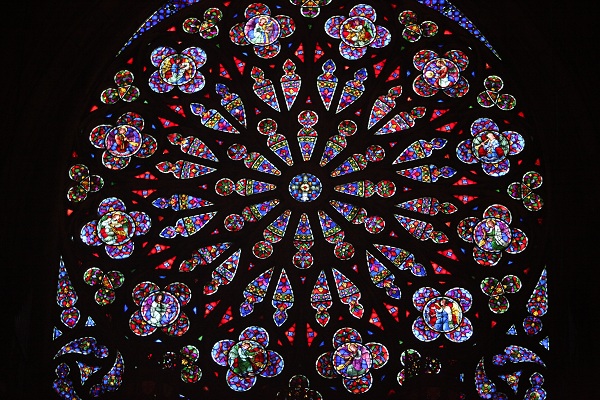
Holy Roman Empire
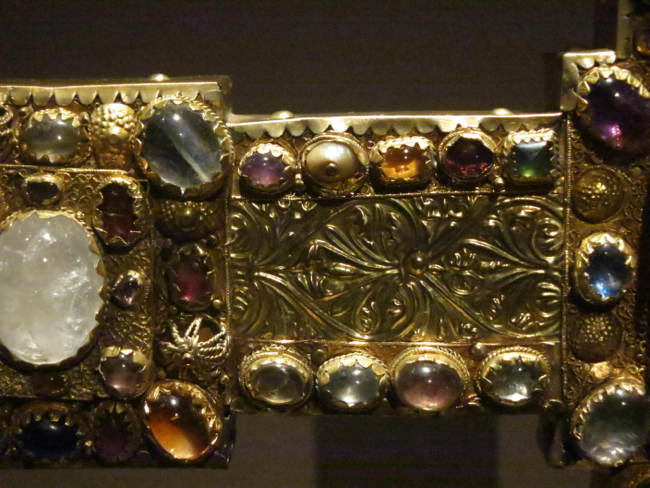
Website Highlights
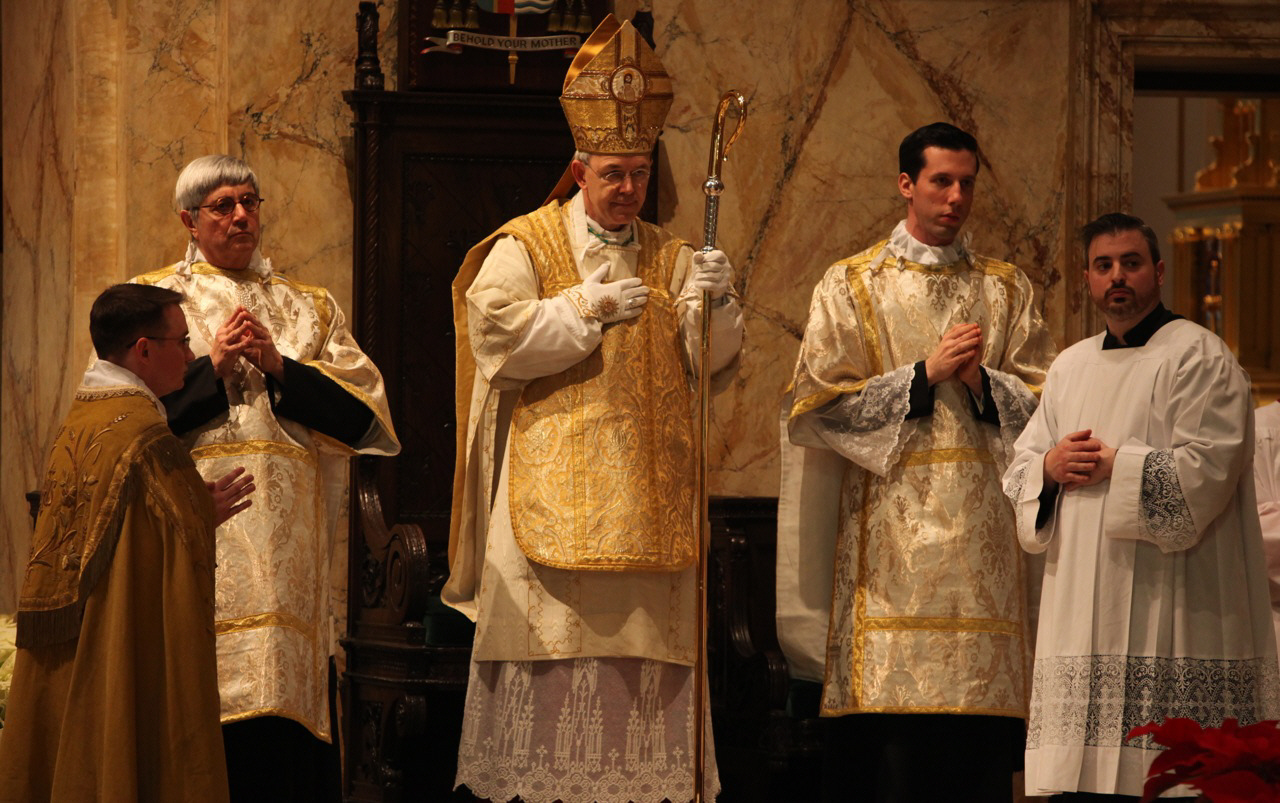
Archives
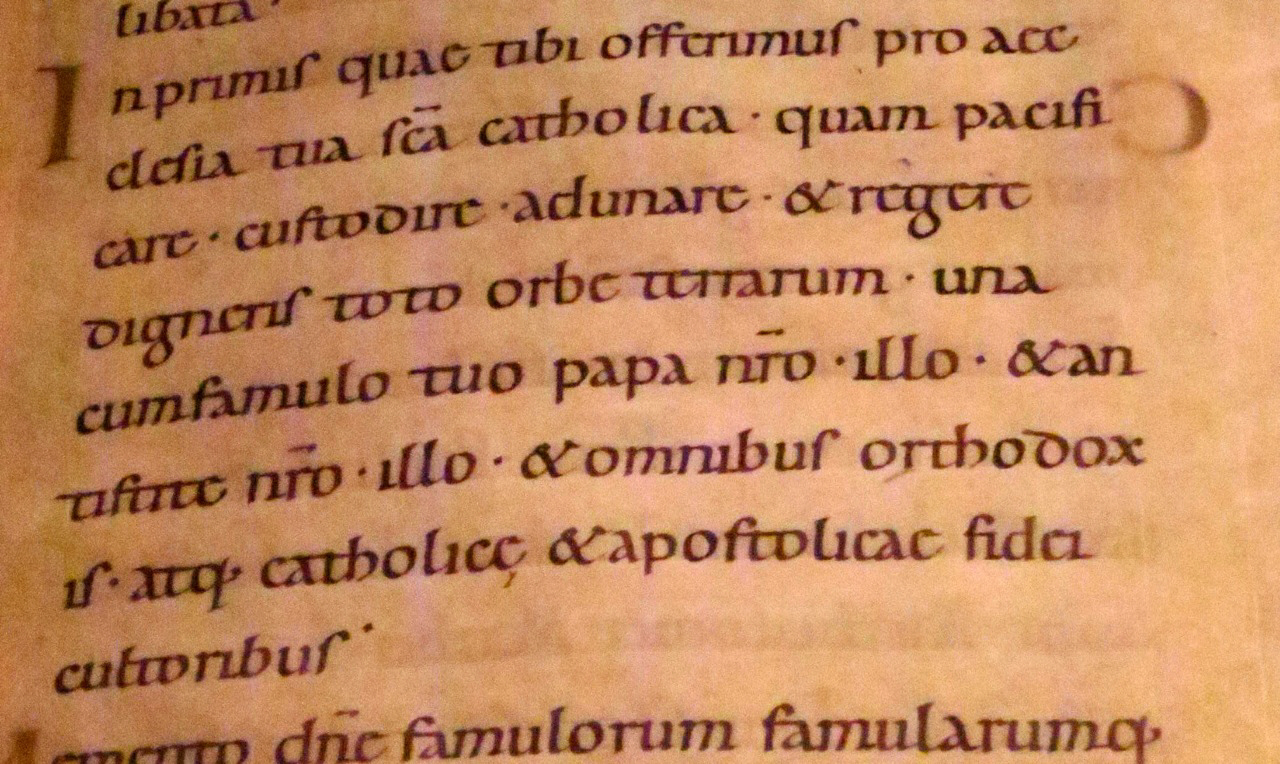
[powr-hit-counter label="2775648"]

